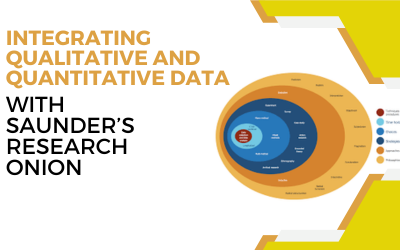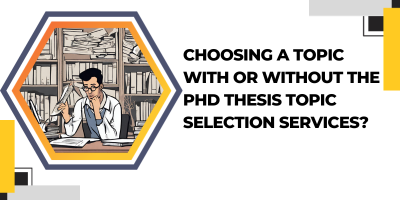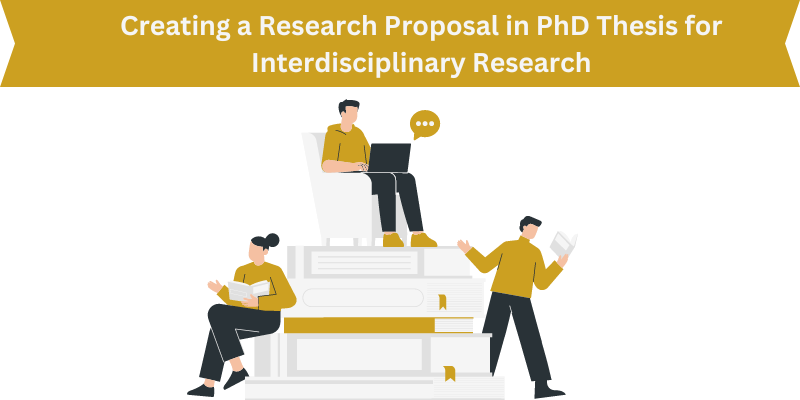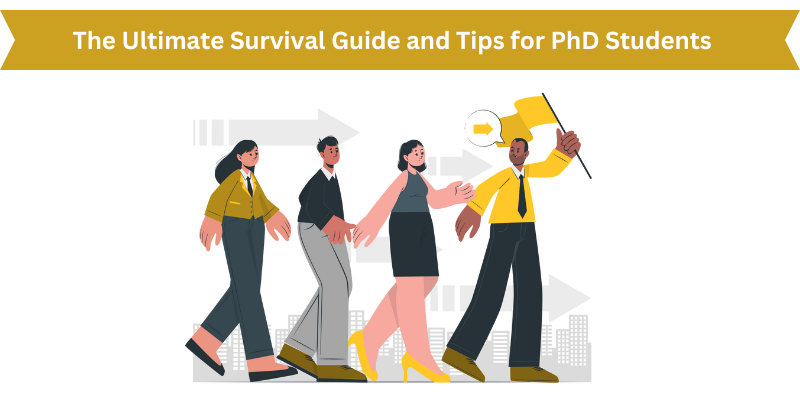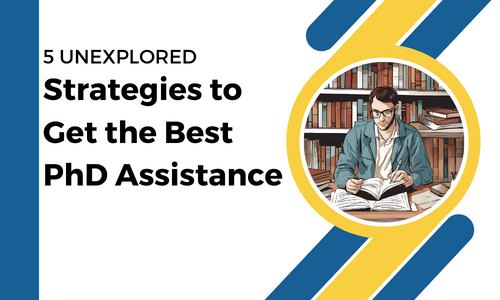
Receiving a PhD is an important task but it’s not without its difficulties. It’s critical that you have the correct support during your PhD journey, and here are some strategy for the greatest PhD help. This site is dedicated to highlighting these lesser-known strategies so that you can receive the greatest PhD support available.
The top PhD support provider in Chennai is PhD Chennai. Throughout their PhD programmes, PhD scholars is able on our team to offer them excellent PhD assistance services. Research for a PhD requires a significant time and energy commitment. At PhD Chennai , we respect your time and work hard to provide dependable assistance on time.
Securing the best online PhD assistance is paramount for successful research work. Expert guidance ensures clarity in navigating complex topics and methodologies, enhancing the overall quality of your work. A reliable PhD assistance service aids in refining research work topics, aligning them with current trends and academic standards.
Understanding the Phd assistance research work topics streamlines the dissertation process, offering valuable insights, constructive feedback, and methodological expertise. Optimal phd dissertations help not only accelerate progress but also cultivate a more comprehensive understanding of chosen research areas, fostering academic excellence and paving the way for a robust scholarly contribution.
We’ll be exploring ways to find support that go beyond the usual options for PhD dissertation help. From uncovering hidden resources to tapping into unique mentorship networks, we’re here to guide you through unconventional but effective approaches. So, let’s dive into these new ideas and see how they can make your academic journey smoother, ensuring you have the best support for a successful PhD adventure.
What is PhD Dissertation Help?
i) Definition: PhD dissertation help refers to specialized guidance and support provided to doctoral candidates in crafting their research projects, specifically the dissertation component.
ii) Comprehensive Guidance: The best Online PhD assistance encompasses a range of services designed to aid students throughout the dissertation process, from topic selection to final defense.
iii) Expert Consultation: Expert mentors and advisors offer valuable insights while exploring PhD assistance research work topics, helping refine research questions, methodologies, and overall project structure.
iv) Research Topic Refinement: Assistance involves refining and narrowing down research topics to ensure relevance, originality, and alignment with academic standards.
v) Methodological Support: PhD dissertation help includes assistance in choosing appropriate research methodologies, data collection strategies, and statistical analysis techniques.
vi) Time and Progress Management: Efficient assistance aids in managing time effectively, setting realistic milestones, and maintaining steady progress toward completing the dissertation.
Now write 5 unnoted Strategies to Get the Best PhD Assistance about which very few PhD researchers know about,
# Harnessing Social Media Networks
1. Expanded Networking Opportunities:
-Social media platforms, such as Twitter, LinkedIn, and ResearchGate, provide avenues to connect with a diverse range of academics, researchers, and potential mentors online.
2. Niche Academic Communities:
– Joining specialized groups or communities within these platforms allows PhD researchers to engage with scholars who share common research interests.
– This targeted networking facilitates discussions on specific Online phd assistance needs and research work topics.
3. Informal Mentorship Opportunities:
– Social media platforms offer a less formal setting for seeking mentorship.
– Researchers can initiate conversations, seek advice, and even establish mentor-mentee relationships with experienced academics who may not be accessible through traditional channels.
# Utilising Online Freelance Platforms
i) Access to Diverse Expertise: Online freelance platforms like Upwork or Freelancer provide PhD researchers with access to a diverse pool of professionals with expertise in various fields. This diverse knowledge can contribute to a more comprehensive exploration of PhD assistance and research work topics.
ii) Tailored Support on Demand: Researchers can find freelance editors, researchers, or subject matter experts tailored to their specific needs on PhD assistance research work topics. This on-demand model allows for flexible and personalized assistance, addressing unique challenges encountered during the research process.
iii) Fresh Perspectives Outside Academia: Freelancers often bring fresh perspectives from diverse industries and backgrounds. Engaging with individuals outside traditional academic circles can infuse new ideas and approaches into PhD dissertation work, enhancing its depth and relevance.
# Crowdsourcing Feedback Through Virtual Forums
Virtual forums like Stack Exchange or Reddit provide platforms where PhD researchers can crowdsource feedback on their work. This crowdsourcing approach ensures exposure to diverse perspectives, enhancing the depth and richness of insights into PhD assistance and research work topics.
Immediate interaction with a global community of researchers allows for real-time discussions. PhD candidates can pose questions, share challenges, and receive timely feedback, expediting problem-solving and decision-making in the research process.
Virtual forums offer a level of anonymity, encouraging honest and candid feedback. This enables researchers to seek constructive criticism without the constraints of formal relationships, fostering a more open and transparent exchange of ideas related to PhD assistance.
# Collaborating With Industry Experts
i) Practical Insights and Real-world Applications:
– Collaborating with industry experts introduces PhD researchers to practical insights and real-world applications of their research.
– This partnership enhances the applicability and relevance of the research, contributing to the overall quality of PhD dissertation.
ii) Access to Unique Resources:
– Industry experts often have access to specialized resources, datasets, and technologies not readily available in academia.
– Partnering with them opens avenues for a more comprehensive exploration of research work topics, enriching the Online phd assistance experience.
iii) Networking Opportunities:
– Collaboration with industry experts expands the researcher’s professional network beyond academic circles.
– This network may include professionals with diverse backgrounds, providing opportunities for mentorship, guidance, and collaborative partnerships.
# Exploring Podcasts and Webinars for Mentorship
i) Informative Mentorship Beyond Boundaries: Podcasts and webinars offer a unique avenue for PhD researchers to access mentorship beyond geographical limitations. Engaging with these online platforms allows researchers to connect with seasoned professionals and scholars, contributing to the best PhD assistance.
ii) Flexible Learning Opportunities: Researchers can benefit from flexible learning schedules by tuning in to podcasts or participating in webinars. This accessibility enables them to receive mentorship and advice at their own pace, aligning with the dynamic nature of Phd assistance research work topics.
iii) Insights from Experienced Academics: Podcasts often feature interviews with experienced academics, providing insights into their research journeys and valuable advice. Listening to these narratives can offer guidance on navigating challenges, refining research work topics, and overall improving the quality of PhD assistance.
Final Thoughts
In wrapping up, getting the best phd assistance is super important. We’ve explored some cool strategies that not many people talk about. Using social media, online freelancers, virtual forums, teaming up with industry experts, and checking out podcasts and webinars can be game-changers for your PhD journey.
Remember, it’s not just about getting by; it’s about doing awesome in your research. These strategies might seem a bit different, but they can add a lot to your experience. They bring in new ideas, real-life tips, and a bunch of friends from all over the world.
So, when you dive into your PhD adventure, keep these tricks in your back pocket. They’re like your trusty guides, helping you find the best online PhD help out there. In the big world of studying, these ideas can make your journey way more interesting and successful. Happy studying!
PhDChennai.com is a professional service provider that offers the best PhD assistance to researchers. They provide PhD thesis help, PhD project guidance, and PhD research assistance to scholars pursuing their PhD doctorate in a variety of specialized subjects starting from introduction, discussion chapter and conclusion. Their team of professional and dedicated PhD scholars and writers ensure that no effort is spared in achieving your dream of PhD success. They can assist students with their entire thesis through their comprehensive writing services. They can also provide students with advice on a specific portion of their thesis.
Whether it is a study’s introduction or its bibliography, they help students at each step of thesis development. PhDChennai.com has a team of academic professionals who not only have research expertise but also have subject matter expertise in varied academic fields. They offer PhD project help in Chennai and ensure that your work is efficiently completed, within the allocated time schedule, and in the lowest possible cost. You can contact them at info@phdchennai.com..
FAQs
i) How can PhD thesis writing services be useful to students?
Ans. PhD thesis writing services can offer expert guidance and support throughout the challenging process of crafting a dissertation.
ii) What software should one know to write a PhD?
Ans. Knowledge of software like LaTeX, Microsoft Word, and reference management tools such as EndNote or Zotero is beneficial for writing a PhD.
iii) What are the major challenges of writing a PhD thesis?
Ans. Common problems hindering PhD thesis writing include lack of structure, writer’s block, data analysis challenges, and time constraints.
iv) How do I write a research proposal for a PhD in two days?
Ans. Crafting a research proposal for a PhD in two days is challenging, but focus on the research question, objectives, methodology, and significance while keeping it concise.
v) What tools should every PhD student use?
Ans. Essential tools for PhD students include reference managers (e.g., Zotero), data analysis software (e.g., SPSS or R), collaboration tools (e.g., Slack), and literature review aids (e.g., Mendeley).

